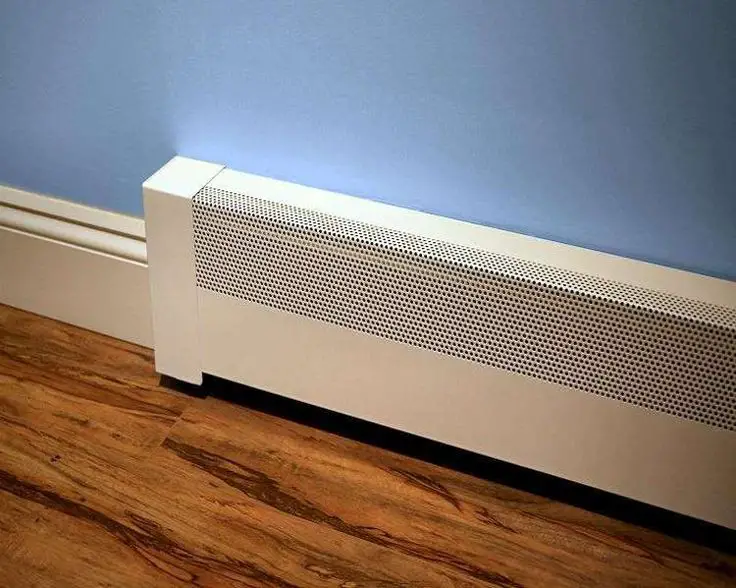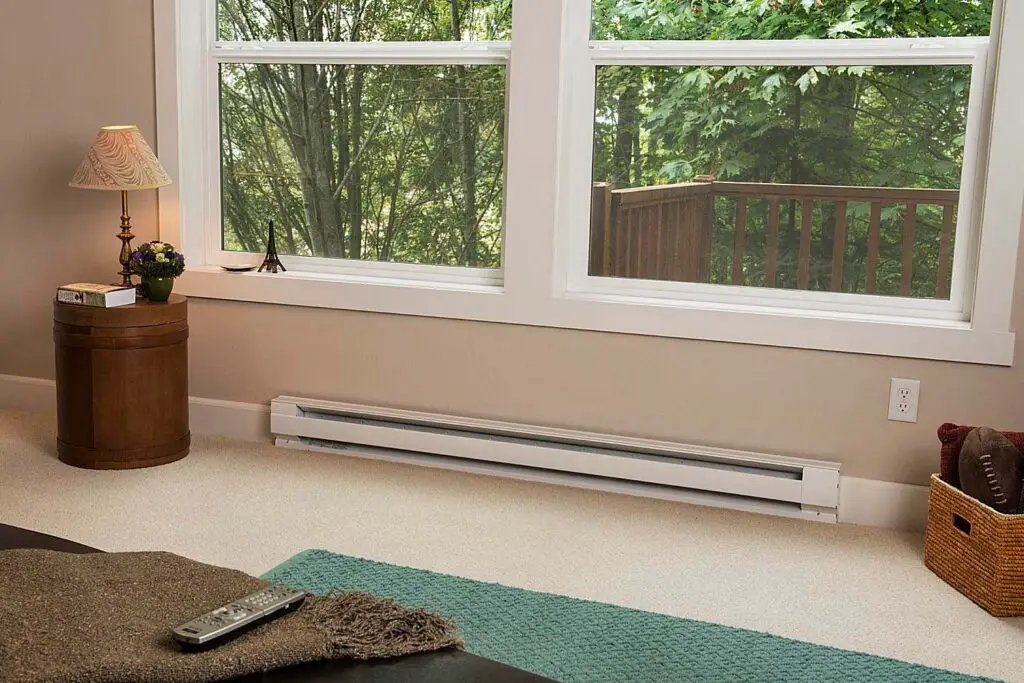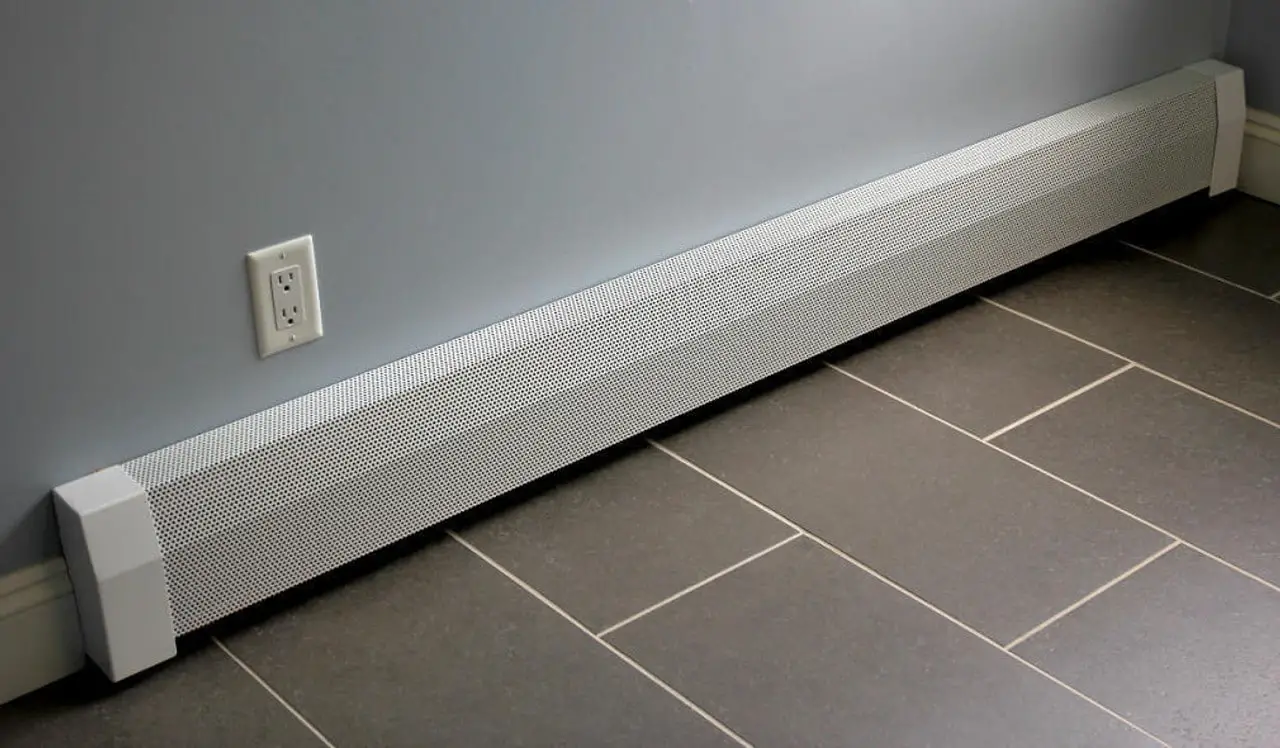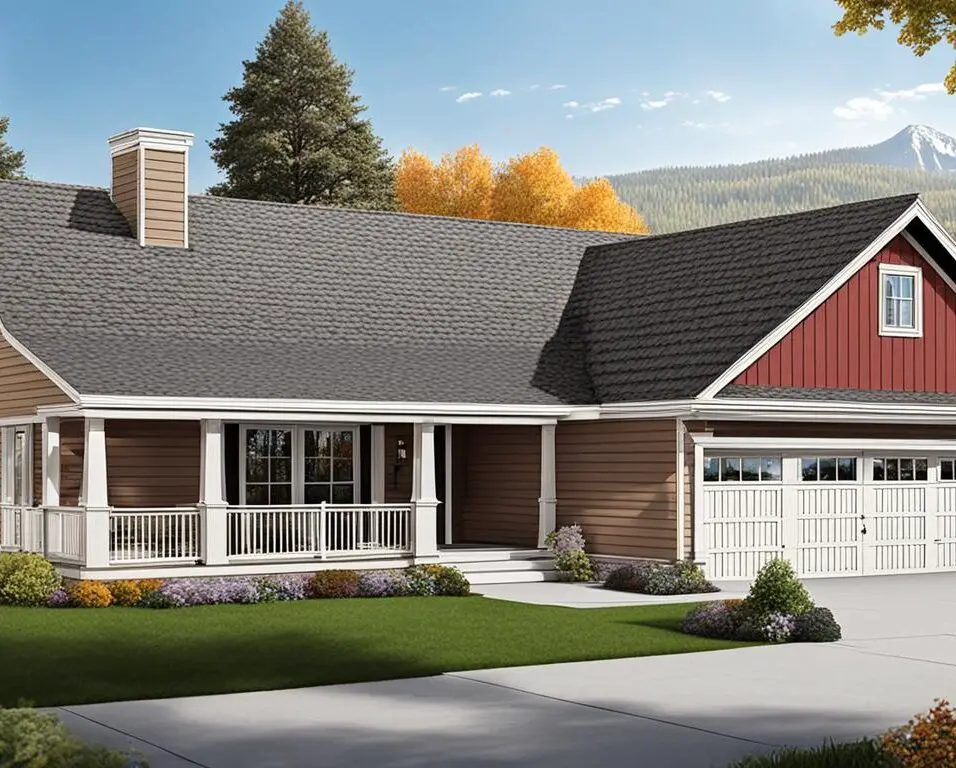Is Baseboard Heating Expensive
Introduction
Is Baseboard Heating Expensive: Baseboard heating is a popular choice for many homeowners, but one common concern is whether or not it is expensive. This type of heating system uses electric or hydronic baseboard heaters to provide warmth to a room. While baseboard heating can be an effective way to heat your home, it is important to consider the cost implications before making a decision.
One factor that can affect the cost of baseboard heating is the type of fuel used. Electric baseboard heaters are powered by electricity, which can be more expensive than other fuel sources such as natural gas or oil. This means that if you have electric baseboard heaters, your heating costs may be higher compared to other heating systems. On the other hand, hydronic baseboard heaters use hot water or steam to provide heat, which can be more cost-effective in the long run.
The insulation of your home can also impact the cost of baseboard heating. If your home is well-insulated, it will retain heat more effectively, reducing the amount of energy needed to heat the space. On the other hand, if your home is poorly insulated, you may need to rely more heavily on your baseboard heaters, resulting in higher heating costs. It is important to assess the insulation of your home and consider any necessary improvements before deciding on baseboard heating.

Does baseboard heat use a lot of electricity?
Baseboard heaters may use up 44% of your yearly power bill. To save money on winter heating bills, there are many ways to make baseboard heaters work better.
Baseboards are often used to heat homes. It warms up places with electric baseboard heaters. Baseboard heat uses power, which makes owners nervous. This is based on the temperature, room size, and protection.
Wall heaters work well to heat rooms. Hot air is moved by convection. Electric heating parts spread the heat out evenly. The ducts in forced-air systems let heat escape, but floor heaters don’t.
Baseboard heaters that use electricity cost more. Baseboard heat uses electricity based on the power and length of the element. Heaters with a lower wattage use less electricity.
Temperature affects how much electricity is used for baseboard heat. When thermostats are raised, more electricity is used for heating. Keeping the temperature just right saves power.
Insulation in the room changes how well baseboard heat works. Insulation makes the heating part work less hard and use less electricity. In order to save energy, the walls, windows, and doors are all sealed.
How much does it cost to run baseboard heat?
Per our previous statement, Baseboards cost $500-1,500 more per year to heat than ductless mini-split heat pumps. Running baseboard heat costs rely on various things. These criteria include space size, baseboard heating system type, energy supply, and local energy pricing. Calculating baseboard heat costs requires considering all of these elements.
Baseboard heat costs depend on the size of the space being heated. More energy is needed to heat larger spaces, increasing prices. Poor insulation or drafty windows and doors will demand more energy to heat, increasing the cost.
Cost also depends on baseboard heating system type. Electric, hydronic, and steam baseboard heating systems exist. Operating electric baseboard heating systems is more expensive than hydronic or steam systems. Because electric systems create heat with electricity, they are more expensive.
Also essential is the energy source used. Electricity, natural gas, oil, and propane prices vary by region and market. Finding the cheapest baseboard heat requires researching and comparing local energy rates.
Local energy rates affect baseboard heat costs. Consider your local energy rates as they can vary greatly. Baseboard heat is cheaper in some locations and more expensive in others due to energy rates.
What is the downside of baseboard heating?
More expensive to run: You can expect higher energy bills than when air is pushed by an HVAC system. Electric floor heaters get very hot, which is a safety risk. If you don’t keep them in good shape, they can catch fire. To avoid fires, furniture and curtains should be six inches apart.
A lot of houses, especially those in colder places, use baseboard heating. Along the baseboards of a room, electric or gas baseboard heaters are placed. There are pros and cons to baseboard heating.
It’s not very efficient to use baseboard heaters. Baseboard heaters get hot spots in a room slowly and unevenly. In other words, it might take a while for a room to warm up, and some parts might be warmer than others. This could make renters uncomfortable and mean that the thermostat needs to be changed often.
Baseboard heaters may also be dangerous. The heaters are very hot, and a child or cat could get hurt. Keep burning things away from baseboard heaters and take care of them to avoid fires.
Do baseboard heaters cost a lot?
Baseboard heat is expensive:
Baseboard heaters are cheap and easy to install. They allow “zoned-heat,” giving you more control over the temperature of each room. And they don’t require ducts. But there’s one big problem with baseboard heating: it’s incredibly expensive to operate.
Baseboard heaters are a popular choice for heating individual rooms or small spaces. They are known for their simplicity, efficiency, and affordability. However, when it comes to the cost of baseboard heaters, there are several factors to consider.
The cost of operating baseboard heaters can also vary depending on factors such as the size of the room, the desired temperature, and the insulation of the space. Electric baseboard heaters are known for their energy efficiency, as they only heat the room they are installed in. However, if you have multiple rooms or a larger space to heat, the cost of operating multiple baseboard heaters can add up.
It’s important to consider the long-term cost of maintaining baseboard heaters. While baseboard heaters are generally low-maintenance, they may require occasional cleaning and inspection to ensure optimal performance. Additionally, if any parts or components of the heater need to be replaced, there may be additional costs involved.
Is baseboard heat good or bad?
Electric baseboard heaters are a good option for heating older homes that might require retrofitting radiators and newer homes that need an additional heat source. While efficient, baseboard heating can be costly to operate. High utility bills and fire safety are two major areas of concern.
Baseboard heat is a type of heating system that is commonly found in many homes. It consists of a series of heating units that are installed along the baseboards of a room. These units are typically powered by electricity or hot water, and they work by radiating heat into the room. While baseboard heat has its advantages, there are also some drawbacks to consider.
The installation cost of baseboard heating can vary depending on factors such as the size of the home and the complexity of the installation. On average, homeowners can expect to pay between $2,000 and $5,000 for the installation of baseboard heating in a standard-sized home.
The cost of the heating units themselves can also vary depending on the brand and quality of the units. On average, homeowners can expect to pay between $30 and $100 per linear foot of baseboard heating. This cost includes both the heating element and the housing for the unit.
How does baseboard heating compare to other heating options in terms of cost?
When comparing baseboard heating to other heating options in terms of cost, it is important to consider both the initial installation cost and the ongoing operating costs. In terms of installation cost, baseboard heating is generally more affordable than options such as radiant floor heating or forced air heating systems.
However, when it comes to ongoing operating costs, baseboard heating can be more expensive than other options. This is because baseboard heating relies on electricity or fuel to generate heat, which can be more costly than other fuel sources such as natural gas.
It is also worth noting that baseboard heating is a zoned heating system, meaning that each room can be individually controlled. This can help to reduce energy waste and potentially lower overall heating costs. However, it is important to properly insulate the home and ensure that the baseboard units are properly sized and installed to maximize energy efficiency.
How does baseboard heating compare to other heating options in terms of cost?
When it comes to cost, baseboard heating is generally considered to be a more affordable option compared to other heating systems. The initial installation cost of baseboard heating is typically lower than that of central heating systems or radiant floor heating. This is because baseboard heating does not require extensive ductwork or complex installation procedures.
In terms of operational costs, baseboard heating can also be more cost-effective. Baseboard heaters are designed to provide zone heating, which means you can heat specific areas of your home rather than the entire space. This allows for more efficient energy usage and can help reduce heating expenses. Additionally, baseboard heaters are controlled by individual thermostats, allowing you to adjust the temperature in each room according to your preferences and further save on energy costs.
Are there any additional expenses or maintenance requirements for baseboard heating?
For baseboard heating, there are extra costs and upkeep that need to be done. Baseboard heating may be cheaper to put at first than other types of heating, but there are costs that come up over time that you should think about. The cost of fuel or electricity to run the baseboard heaters is one of the major costs. This cost can change based on the type of energy used and the rates charged by the power company in your area. When you look at how much baseboard heating costs all together, you should remember to include these ongoing energy costs.
Baseboard heating systems need to be cleaned and inspected on a regular basis to make sure they work at their best. The heating elements can get clogged with dust and other things, which can make them less effective and even cause them to get too hot. At least once a year, you should clean the floor heaters to get rid of any buildup. Also, the controls and temperature should be checked often to make sure they are working right. If problems are found, they should be fixed or replaced by a trained technician right away to avoid more damage or safety risks.
Are there any factors that can affect the overall expense of baseboard heating?
Yes, there are a number of things that can change how much baseboard heating costs all together. Size is an important thing to think about when heating a room. More baseboard heaters may be needed in rooms or homes that are bigger, which can raise the cost of installation. Baseboard heating can also be less or more effective depending on how well the room is insulated. If the insulation isn’t good, heat can escape, making the system work harder and use more energy, which costs more.
The type of baseboard heating system being used is another thing to think about. It usually costs more to run an electric baseboard heater than a hydronic baseboard heater. Electric heaters need electricity, which can be pricey based on how much it costs where you live. Hydronic heaters, on the other hand, use hot water or steam instead of electricity, which can save you money and energy in the long run.
Last but not least, the weather and temperature in the area can also change how much baseboard heating costs generally. In colder places, the system will have to work harder and for longer amounts of time, which will cost more and use more energy. These things should be taken into account when figuring out how much baseboard heating will cost all together. You should also look into ways to save money on energy costs, like using the right insulation and thermostat settings.

Conclusion
After analyzing the question is baseboard heating expensive, it can be concluded that baseboard heating can be both expensive and cost-effective, depending on various factors. The initial installation cost of baseboard heating can be relatively high compared to other heating systems. The cost of purchasing and installing baseboard heaters, along with the necessary electrical work, can add up quickly. However, once the system is installed, the maintenance and repair costs are generally low, making it a cost-effective option in the long run.
The energy efficiency of baseboard heating plays a significant role in determining its overall cost. Baseboard heaters are known for their ability to provide zone heating, allowing homeowners to control the temperature in individual rooms. This feature can help reduce energy consumption and lower heating costs, especially in homes where certain rooms are not frequently used. However, if the system is not properly insulated or if there are air leaks, the energy efficiency of baseboard heating can be compromised, leading to higher energy bills.
The cost of electricity in a particular area can greatly impact the expense of baseboard heating. In regions where electricity rates are high, baseboard heating can be more expensive compared to other heating options, such as gas or oil. It is essential to consider the local energy prices and compare them with the efficiency of baseboard heating before making a decision.








